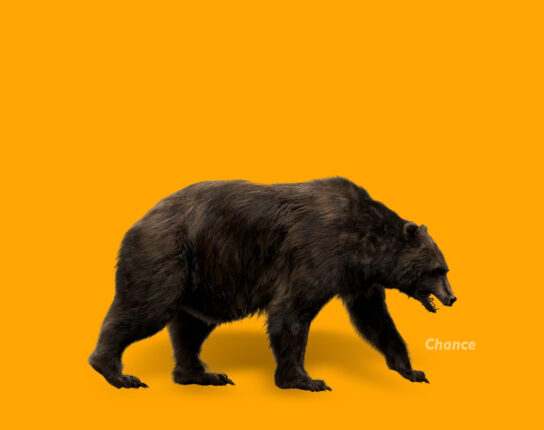Navigating the Bear
In the world of investing, bears are often associated with fear, uncertainty, and market downturns. The central banks’ aggressive rate hikes to combat high inflation have brought many of the western economies to the brink of recession, generating bearish sentiments in markets.
However, while bear markets may seem intimidating, they also present opportunities for discerning investors.
Simply put, bear markets are a natural part of the investment landscape. Just as bears hibernate during the winter – the seasons change, so do market cycles.
Not All Bears are Created Equal
Understanding that bear markets are not aberrations, but rather essential components of the investment ecosystem, sets the stage for adopting a resilient and proactive approach.
Just as a hiker learns to co-exist with bears in the wilderness, how can investors deploy strategies to thrive in challenging market conditions?
Contrary to popular perception, not all bears are dangerous and aggressive. Likewise, not all risks are the same, nor do all of them need to be avoided or diversified away.
Embracing the Bear
The much-loved story on Winnie the Pooh was inspired from a real bear called Winnie.
In 1914 during World War 1, veterinarian Harry Colebourn rescued a baby black bear in Winnipeg, Canada (hence the name) and thus began a remarkable friendship which brought them to England.
When Harry was deployed to France, Winne was left at London Zoo, where it made a new friend – a boy named Christopher Robin.
The 25th Bear
The grizzly (or brown) bear is probably the most feared and aggressive bear, unlike the more human-friendly black or panda bear.
Nevertheless, in spite of their obvious physical advantage, they don’t actively hunt or attack humans unless provoked or in defence.
American bear enthusiast and celebrity environmentalist Timothy Treadwell spent 13 summers living up close, crawling and walking with the grizzly bears, disproving the odds that these are dangerous animals. His work in documented in Grizzly Man (2005) directed by Werner Herzog.
However, in October 2003, Treadwell and his girlfriend were viciously mauled by the very animals that they sort to befriend for many years.
In his memoir, Treadwell acknowledged what Bear People call the “25th Grizzly”.
Contrary to popular media, most grizzly bears prefer to avoid contact with people, and often move away when they sense humans approaching.
But not so for the 25th grizzly, defined as “One that tolerates no man or bear. One that will kill without bias.”
The obvious problem is: We don’t know which ‘number’ we are dealing with.
Is there a way to systematically identify this idiosyncratic risk, beyond leaving it to gut feel or pure chance?
Bear Bones of Investing
Recessionary fears, inflation volatility and the inefficacy of the stock/bond correlation have caused investors to rethink their portfolio and asset allocation strategies.
In crisis scenarios, investors intuitively tend to focus on portfolio protection strategies. But one mustn’t forget that investors are also paid to take risks too. Diversification and risk management are paramount, so is the critical need to seek investment returns.
This balancing act is both a science and an art.
The advent of technology, data science and machine learning have continued to enhance decision-making, notwithstanding the behavioural bias.
We look forward to addressing these fundamental concerns at the 11th annual [i3] Asset Allocation Forum.
Enquire about this event





